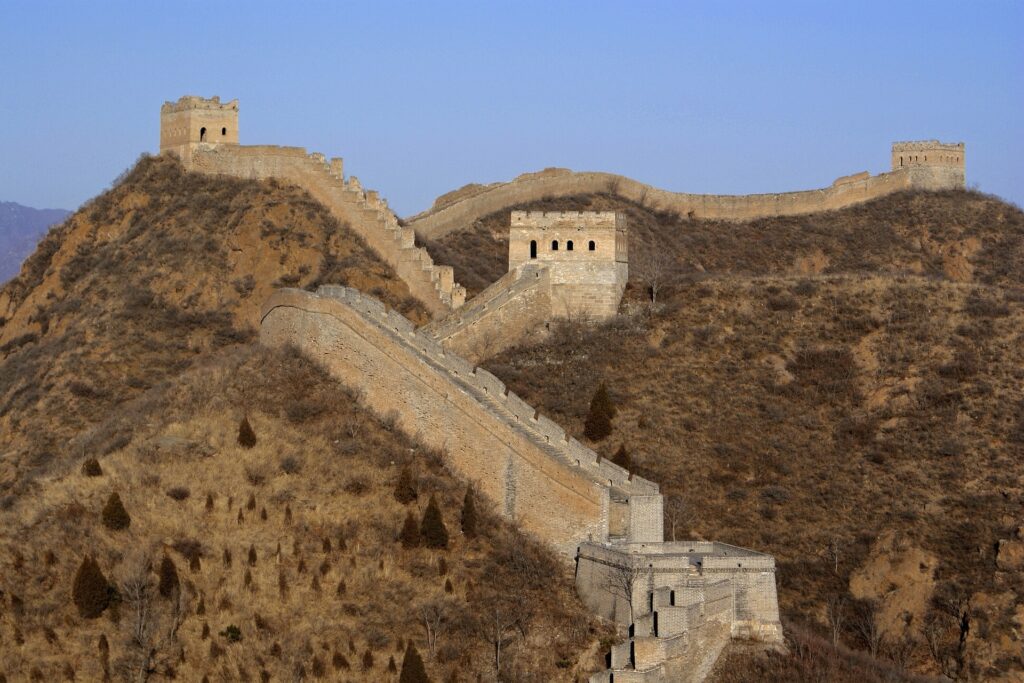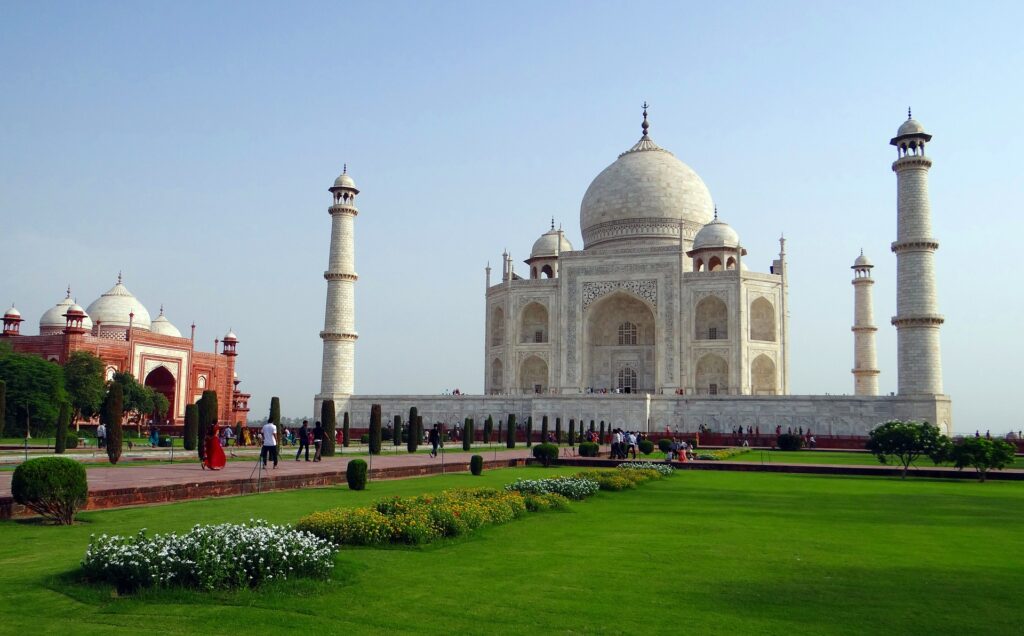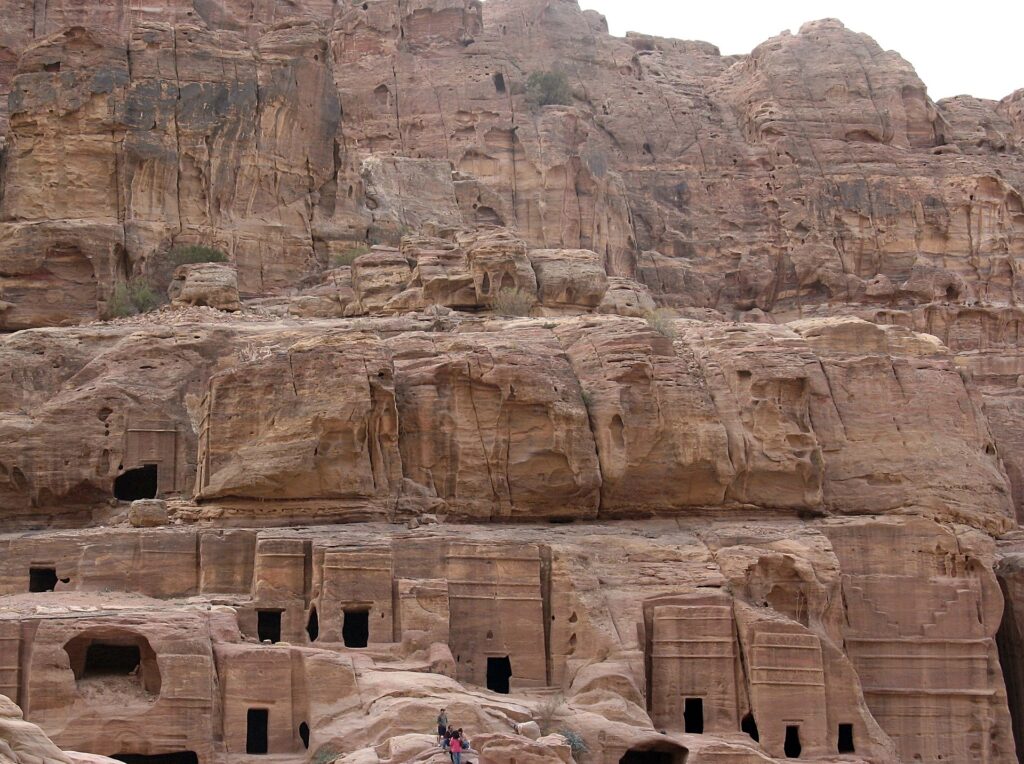The 7 Wonders of the Modern World are seven architectural works reminiscent of the ancient canonical list of the Seven Wonders of the World (dating back to the third century B.C.).
A for-profit Swiss company called New Open World Corporation (NOWC) organized the competition to select the sites. The company launched the competition in 2000 during the Sydney Olympics. The selection lasted seven years and went through several phases. In the final stages of voting (according to the organizers, more than 100 million votes were received), a list of 21 finalists was reached.
Colosseo – Rome, Roma, Italy
Symbol par excellence of the Eternal City, the Colosseum or Flavian amphitheater, is the largest Roman amphitheater in the world. Its construction, begun by Vespasian in 70 A.D., was completed by Titus, who inaugurated it on April 21, 80 A.D. In 2018, the Colosseum, Roman Forum, and Palatine archaeological tour reached 7,650,519 visitors, making it the second most visited Italian state site (first among paid) behind the Pantheon.

Great Wall – China
The Great Wall was commissioned in 215 BC by Emperor Qin Shi Huang, who ordered the construction of the Terracotta Army and is 8,850 km long, according to the latest reliable measurements. The work was carried out to defend the glorious Chinese Empire from nomadic peoples, especially the dangerous Huns.
Christ the Redeemer – Rio de Janeiro, Brazil
Located on the top of Corcovado Mountain, Christ the Redeemer dominates the city of Rio de Janeiro. The statue was built between 1922 and 1931 and is 38 meters high, of which 8 are pedestals. On the occasion of the centenary of the birth of Guglielmo Marconi in 1974, a plaque was placed at the foot of Christ by the Italian community to commemorate the lighting of the lamps of the statue by a radio impulse sent from Rome by the Italian scientist.
Machu Picchu – Cusco, Peru
Machu Pichu (“Old Mountain” in Quechua) is an impressive site from the Inca civilization. It is the world’s third most significant archaeological site after the Pompeii excavations and Ostia Antica. Machu Pichu is located at an altitude of 2,430 meters and is famous for its unique ruins and impressive breathtaking views over the valley.

Taj Mahal – Agra, India
Built in 1632, the Taj Mahal is an immense mausoleum built by the Mughal emperor Shāh Jahān to celebrate his beloved wife, Mumtāz Maḥal. A legend is associated with the Taj Mahal: To prevent the beauty of the work from being achieved, after the complex was completed, the emperor ordered the hands of the artists at work to be cut off and the designer to be beheaded.
Chichén Itzá – Yucatán, Mexico
Chichén Itzá is a spectacular archaeological complex of the Mayan civilization dating back to 500-1500 A.D. The site offers several unique buildings: the most famous is the Pyramid of Kukulkan. Thirty meters high with a base 55.3 meters in diameter, the temple was dedicated to the god Kukulkan, the Yucateco Maya or “Feathered Serpent God.”

Petra – Wadi Musa, Jordan
Petra is an archaeological site built 2000 years ago. The complex is unique in the world, with its many facades carved into the rock, making Petra one of the most visited and photographed places in the world because it almost looks like a landscape from another planet. The archaeological site is also often used as a movie set for various films, including Indiana Jones, Transformers, and Mission to Mars.
- source: I viaggi del Viandante/picture: colosseum: Image by bertvthul from Pixabay
This post has already been read 2084 times!



